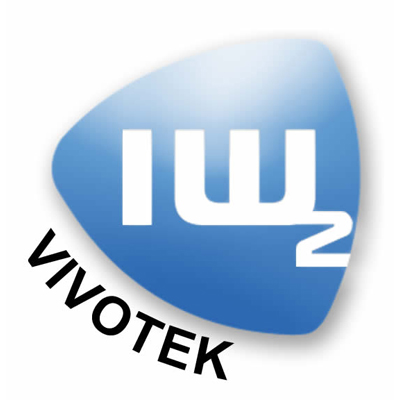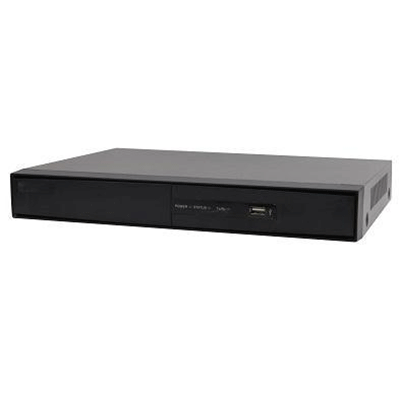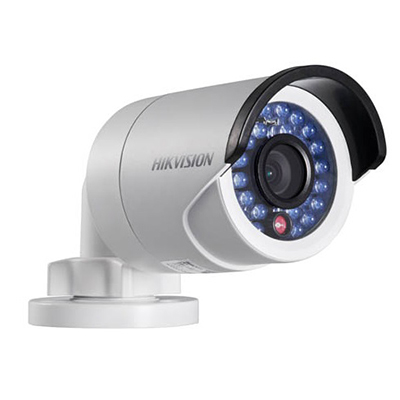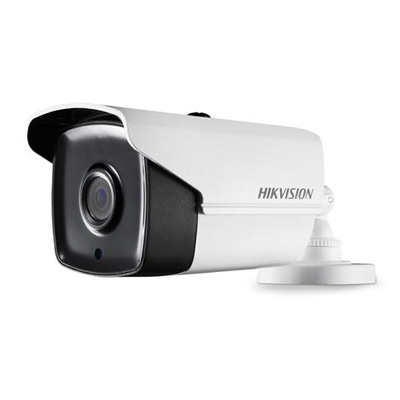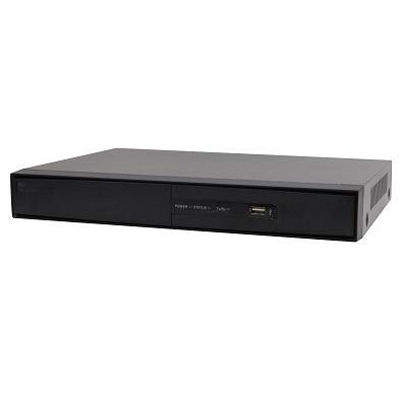HID Global, a worldwide leader in secure identity solutions, recently announced the strength of its breakthrough patented crack prevention technology for IC chip-enabled polycarbonate eID and e-passport credentials has been validated in the recent test conducted by Smithers Pira, the worldwide authority in the packaging, paper and print industry supply chains. In laboratory testing, 100% of cards created using HID Global’s crack prevention solution were found to be immune to premature aging caused by the minuscule cracking that in some instances has been known to occur when a chip is introduced to a polycarbonate card body. Cards without the crack prevention technology failed the test.
The company’s crack prevention technology is currently used in government-to-citizen ID programmes, including a flagship deployment of more than 10 million cards for a major European advanced eID programme. Polycarbonate, due to its unique strength and flexibility, has won the trust of governments as the material of choice for durability and tamper resistance and is also valued for its capabilities as a platform supporting the very high quality optical features of security printing. HID Global’s unique crack prevention feature optimises the reliability and durability of smart cards and e-passport datapages by enabling government customers to leverage the advantages of smart card technology on a polycarbonate platform and protect their investment by extending the life of the credential.
“Modern ID credentials increasingly incorporate multiple on-board technologies and security features into a multi-layered, single ID platform,” said Dr. Hermann Hecker, manager, engineering – Government ID Solutions with HID Global. “The industry has found that the addition of onboard technologies such as RFID or contact and contactless chips challenges the integrity of the polycarbonate micro-structure. We have led the industry in creating and perfecting a proven anti-crack process which protects both the chip and the structural integrity of the credential, while exceeding international standards.”
Smithers Pira Testing combines industry experience with industry leading laboratory testing and simulation facilities. Their expertise encompasses chemical migration, materials selection, packaging conversion and performance in distribution and use. “Our laboratory-based testing offers controlled, repeatable and verifiable assessment of material and pack performance,” said Maggie Carnegie, Principal Consultant at Smithers Pira. “We are very pleased that HID Global used our state-of-the-art laboratory testing and simulation facilities to evaluate the performance of their crack prevention solution.”
During the course of several years, HID Global’s R&D worked to develop and patent the anti-crack feature. As confirmed in the Smithers Pira report, the process prevents the development and emergence of micro-cracks by creating a cushion or “airbag” effect around the chip while maintaining a format compliant with stringent international standards limiting the size and thickness of machine-readable electronic IDs. Contact HID Global for a copy of the Smithers Pira report and click here to download HID Global’s whitepaper that details HID Global’s crack prevention technology.








